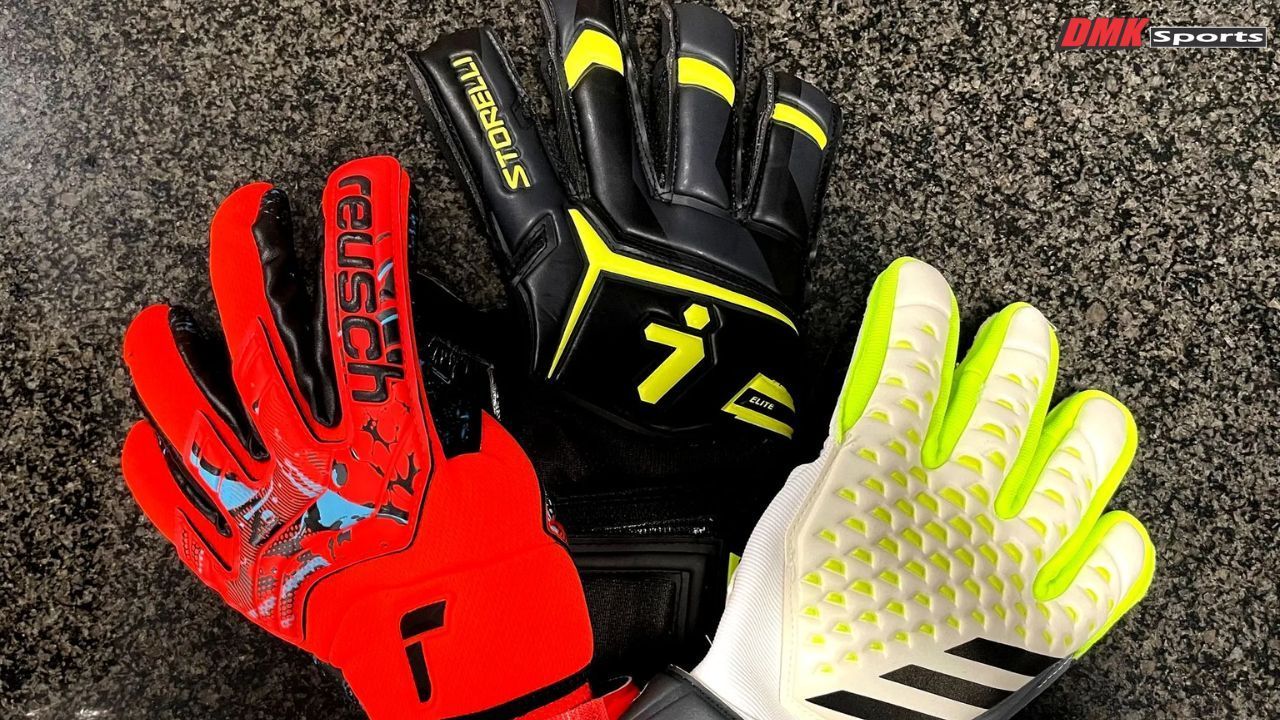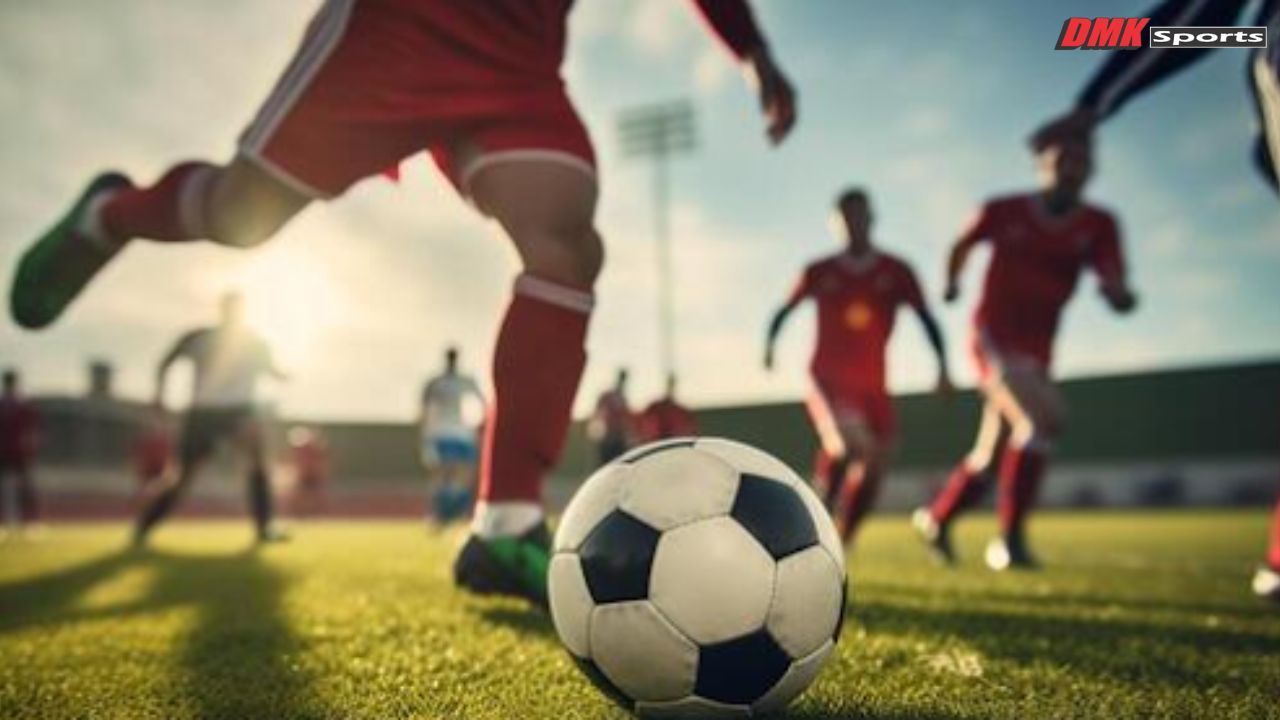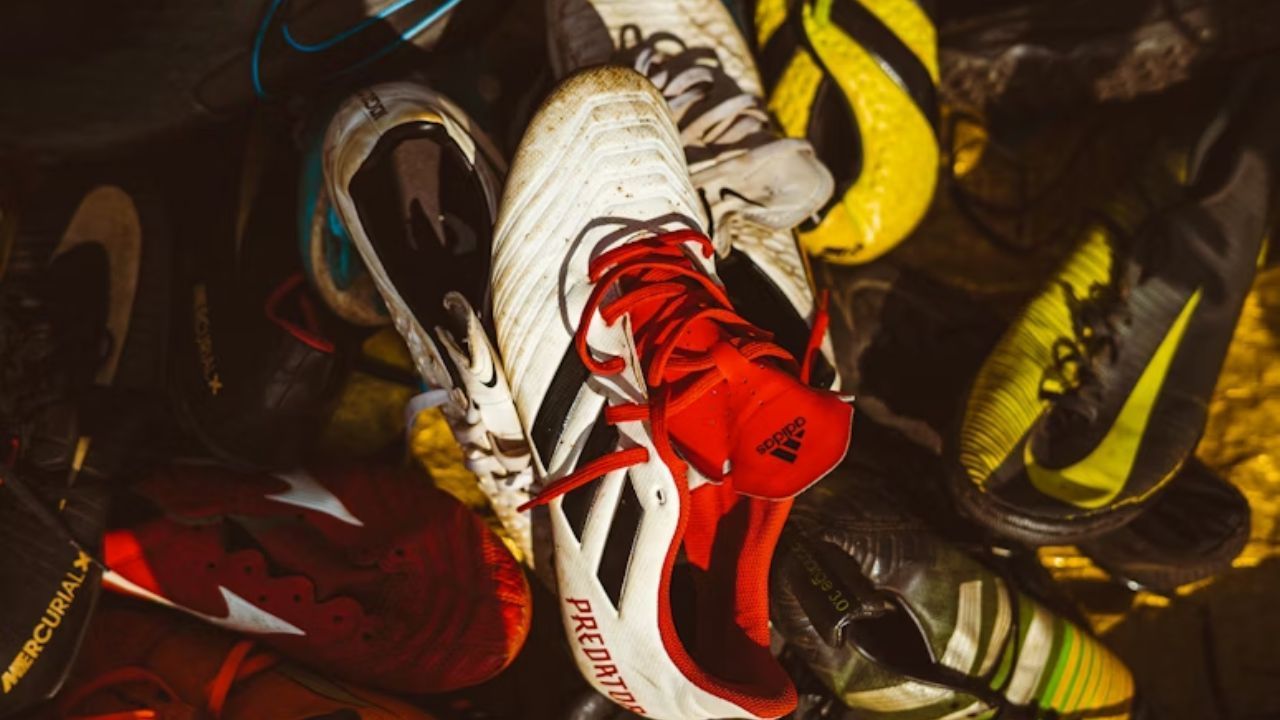Soccer Keeper Gear: Essential Apparel and Gloves for the Optimal Performance

Your protection, performance, and precision in soccer can only excel if you have the right set of equipment. As a Goalkeeper you need to be equipped with all the specialized gear that offers support, protects you from harm and helps you with performance on the field.
In this guide you will understand why it is essential for Optimal Performance on the field. Considering that each Soccer Goalkeeper has a purpose, from lightweight jerseys to high-grip gloves.
Goalkeeper Gloves: Precision and Protection
Gloves are some of the most essential pieces of equipment for a goalkeeper. These gloves provide you safety while improving your grip, absorbing the impact, and most importantly safeguarding your hands during saves.
This is why having the High-quality gloves are extremely beneficial, whether you are new to the sport or a seasoned goalkeeper, providing consistent control of the ball in both dry and wet conditions. Finger protection inserts prevent hyperextension, reducing injury risk during aggressive movements.
Any fitting glove would be snug yet flexible, as it will allow your hand to move freely without slipping. There are gloves that include adjustable wrist closures which sit perfectly on your wrist.
Goalkeeper Apparel: Comfort Meets Functionality
Goalkeeper jerseys are meant to keep you protected and in comfort, made up of lightweight fabrics to ensure full motion. Some of the Goalkeeper Apparel comes with integrated padding that absorbs shocks from dives and collisions.
Goalkeepers are often seen wearing padded pants and shorts to protect themselves from the dives, collisions, and hard shots while protecting your hips, thighs, and knees.
These jerseys are made up of stretchable materials which allows you to have rapid movements ensuring durability. You should select these Goalkeeper Apparels that suit your playing style, for warmer climates, shorts with targeted padding are effective, on the other hand you can also opt for full-length pants offer extra protection in colder or high-contact games.
Moisture-wicking fabrics help players stay dry. Bright-colored jerseys increase visibility for teammates and enhance presence on the field. Proper apparel encourages better performance without restricting flexibility.
Integrating Gloves and Apparel for Peak Performance
Gloves and apparel function best together. A jersey with elbow padding complements gloves that provide finger protection. This combination reduces injury risk and maximizes agility during dives and jumps. Well-fitted pants or shorts maintain stability while ensuring that gloves and jersey movements are unhindered.
Compression sleeves or padded undershirts can further enhance comfort. Lightweight padding in key areas absorbs shocks while allowing full range of motion. Accessories like sweatbands prevent sweat from affecting glove grip, supporting overall performance.
Training Considerations for Gear
Specialized equipment improves skills. Practicing with different gloves simulates match conditions, enhancing confidence in hand placement. Apparel that moves naturally allows realistic practice without restricting movement. Reaction drills, agility ladders, and rebounders develop reflexes, coordination, and diving technique.
Weighted or textured balls strengthen grip and hand muscles, preparing goalkeepers for game scenarios. Consistency with training gear builds muscle memory and improves performance under pressure.
Maintenance for Longevity
Maintaining gloves and apparel is critical. Gloves should be washed carefully and air-dried to preserve latex performance. Padded clothing must be inspected regularly for tears or worn padding. Rotating footwear and apparel prevents premature wear and keeps gear effective. Regular cleaning ensures optimal comfort and reduces distraction during matches.
Custom Gear: Personalization for Comfort and Confidence
Customizing gloves or apparel improves comfort and performance. Tailored fits accommodate hand size, arm length, and body shape. Properly adjusted gear reduces distractions and increases confidence. Players can position padding and select glove types that best suit their style.
Visual customization, such as colors or logos, enhances identity without affecting functionality. Advanced fitting technologies allow goalkeepers to achieve precise comfort, protection, and performance.
Conclusion: Maximizing Goalkeeping Potential
As a Goalkeeper you need to perform at your best and for that you need to have the best accessories considering that well-chosen gloves and specialized apparel provides protection, support, and enhances your skills in the game.
Furthermore, investing in the right set of equipment is important. Whether it is quality gloves, padded jerseys, or any other equipment, proper maintenance is essential. Occasional customization also helps improve the longevity and performance of the gear.
Attention to gear selection, fit, and upkeep with the right combination of gloves and apparel transforms a goalkeeper’s game from competent to exceptional.










